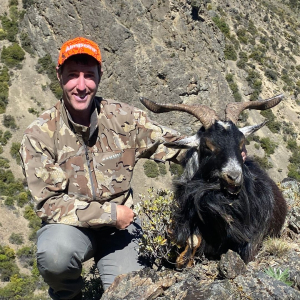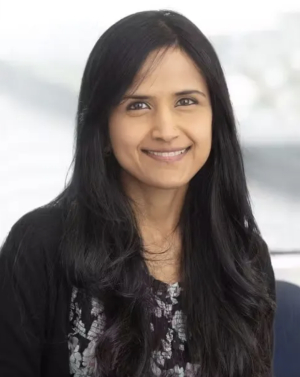A Massey University PhD student has discovered a way to identify certain newborn dairy and beef-cross-dairy calves by the colour of their tongues.
Lucy Coleman (25), from a sheep and beef farm near Dannevirke, is completing a doctorate on the Beef + Lamb NZ (BLNZ) Genetics Dairy Beef progeny test. Early in her research an Angus breeder came to Massey University and said they noticed all their cattle had black tongues.
The NZ dairy herd is mostly Holstein-Friesian, Jersey and Holstein-Friesian-Jersey crossbreed cattle. While Jersey and Holstein-Friesian calves are easy to identify, both the Angus-cross and Holstein-Friesian-Jersey calves may have a completely black coat, making it difficult to identify the breed of newborns.
The Angus breeder’s comment led to Coleman experimenting to identify whether tongue colour could be a useful predictor of breed in Angus-cross-dairy and dairy-breed calves.
“I was recording birth weights, sex of the calves and breed at birth so it wasn’t a big thing for me as I was looking at every calf anyway,” said Coleman. “It just fitted into my daily routine and then we separated it out as another project.
“The first year we recoded it to see if it was useful and found that it had potential, and in the second year we tried to refine it a bit more by adding horns and see if it could become a bit more accurate. Now it has become a chapter in my thesis although it wasn’t always intended to be that way.”
In the first year of the project she studied 476 Angus-cross-dairy and dairy calves, experimenting with calves from the BLNZ Genetics dairy-beef progeny test at Limestone Downs farm in Port Waikato. The findings showed that selecting calves to rear for beef solely on having a black tongue would correctly identify 73% of Angus-cross calves and 90% of dairy-breed calves.
The second study recording the presence of horns and tongue colour of 418 Angus-cross-dairy and dairy calves revealed that 95% of dairy calves had horn buds present at birth, while none of the Angus-cross calves had horn buds, indicating that horns were exclusive to the dairy breed calves.
Coleman says the outcome of the second study provided separate recommendations for dairy farmers and calf-rearers buying beef-cross-dairy calves.
“The advice was that dairy farmers should keep only calves with horn buds as replacement dairy heifers, meaning no Angus-cross calves would be incorrectly identified and kept. For calf rearers, the recommendation was to buy only calves without horn buds and with a black tongue which greatly reduces the chances of inadvertently purchasing dairy breed calves,” she says.
While it’s only one chapter in her PhD, which she hopes to complete next year, Coleman says her findings are significant for farmers. Before the focus on tongue colour she and others in the industry had difficulty in determining the breed of calves at birth.
“When you have a dairy crossbred herd and you put an Angus bull across them, a lot of calves come out looking the same, and we’ve put pictures to people in the industry and they can’t tell them apart by looking at them.
“So we needed something that gave the farmers a bit of confidence about which breed they thought that calf was. This is because the calves have different purposes in the industry.
“You don’t really want an Angus cow in your dairy herd and lot of beef buyers don’t want to buy a dairy calf which they think is an Angus,” she says.
Coleman says being able to tell what they are before they are sold or put into the replacement herd is important.


















